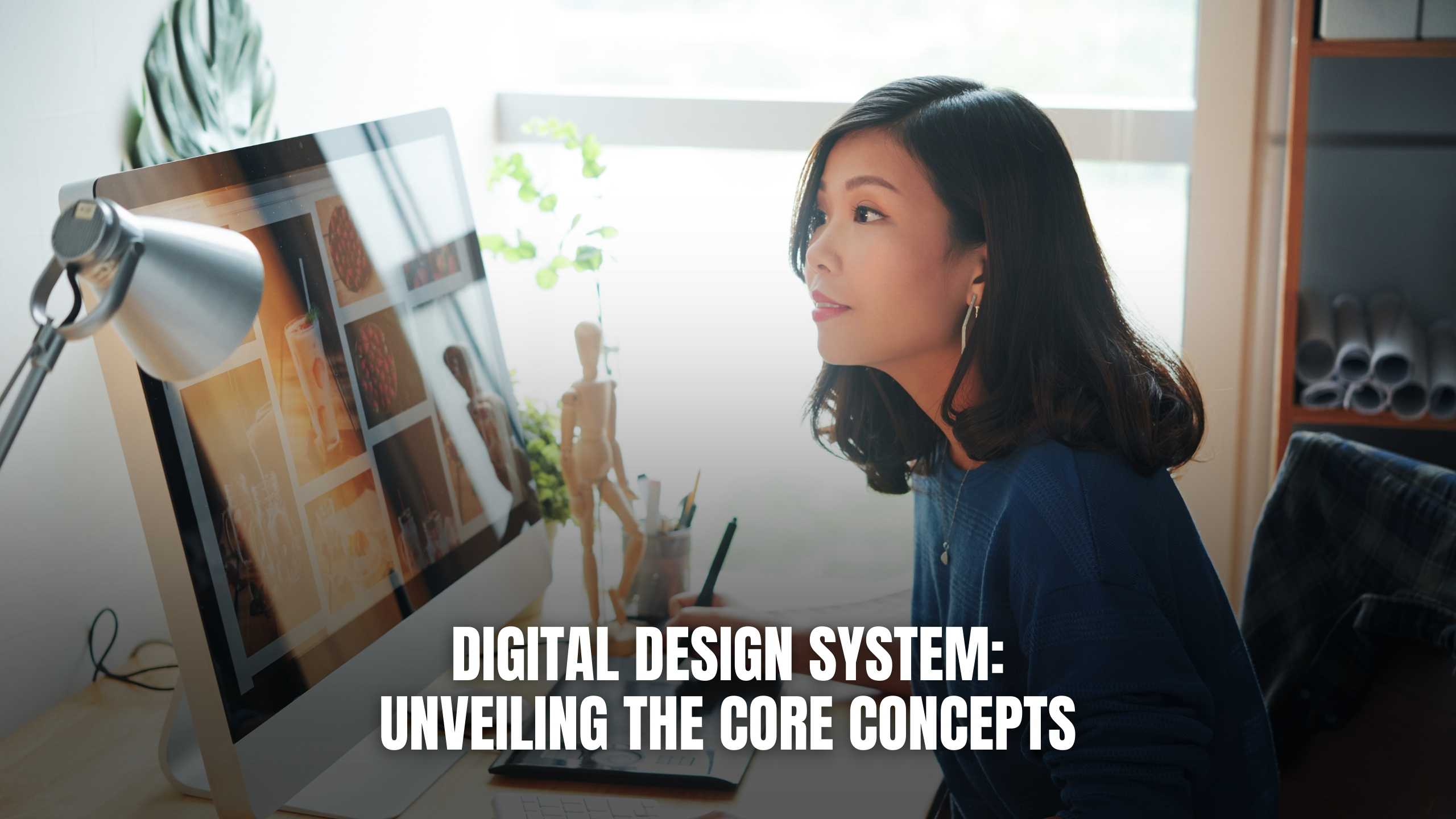Digital Design System: Unveiling the Core Concepts
- WebOps Platforms Bug Tracking & Feedback Software Web Development & Design


Digital Design System: Unveiling the Core Concepts
In the dynamic realm of digital design, a well-crafted Design System is a cornerstone for ensuring consistency, efficiency, and scalability in your projects. Let’s delve into the core concepts that constitute a Digital Design System, exploring its significance, components, and how it transforms the way designers and developers collaborate.
1. Understanding Digital Design Systems
To grasp the depth of Digital Design Systems, it’s essential to recognize their pivotal role in the digital landscape. These systems are not merely a collection of design guidelines; they act as a dynamic framework that guides the creation of digital products with a unified visual language. By establishing a standardized approach to design, Digital Design Systems empower teams to build and maintain cohesive user experiences across diverse platforms and devices.
2. Components and Elements
At the heart of a robust Design System lie its meticulously crafted components and elements. These elements, such as buttons, icons, and color palettes, are not arbitrary choices but rather a strategic selection designed to create a seamless and aesthetically pleasing user journey. Consistency in these components ensures a coherent brand identity, instilling a sense of trust and recognition among users.
A well-thought-out Design System also extends to the micro-interactions, transitions, and animations that breathe life into digital interfaces. These nuanced elements contribute to the overall user experience, elevating it from functional to delightful. This level of detail is a testament to the thoroughness required in developing a comprehensive Design System.
3. Consistency and Scalability
Consistency, a hallmark of successful Design Systems, reaches far beyond visual harmony. It embodies the alignment of design principles, behaviors, and interactions. With a consistent approach, teams can create a unified brand presence, fostering user confidence and loyalty. Scalability is the natural outcome of this consistency, allowing design components to be easily reused, modified, and expanded upon, promoting efficiency across projects and iterations.
4. Collaboration and Efficiency
The synergy between design and development teams is a critical aspect of a Design System’s success. Collaboration is not only encouraged but facilitated through shared libraries, documentation, and design assets. This collaborative environment ensures that everyone involved in the product creation process is on the same page, reducing misunderstandings and streamlining the iterative design process. The efficiency gained from such collaboration translates into quicker project delivery and more refined end products.
5. Adaptability to Change
In the ever-evolving landscape of digital design, adaptability is a trait that sets exemplary Design Systems apart. An effective system anticipates changes in user preferences, industry trends, and technological advancements. This foresight allows designers and developers to implement updates seamlessly, ensuring that the digital product remains relevant and aligned with the goals of the business.
Relevant SaaS Products:
- Figma: Figma stands out as a collaborative design tool that not only allows teams to create together in real-time but also facilitates the creation of design systems. Its cloud-based nature ensures accessibility and continuity in the design process, promoting collaboration across teams and projects.
- Sketch: Sketch is a vector-based design tool known for its simplicity and versatility. Designers often leverage Sketch to create reusable symbols and design libraries, laying the foundation for a cohesive design system that aligns with brand guidelines.
- InVision: InVision offers a robust platform for prototyping and collaboration, crucial elements for refining and implementing a design system. Its integration with design tools and version control features makes it a valuable asset for teams aiming to build and evolve their design systems.
- Abstract: Abstract provides version control and collaboration capabilities specifically tailored for design files. It’s instrumental in managing the iterations of design system components, ensuring a systematic and organized approach to design evolution.
- Adobe XD: Adobe XD is a comprehensive design and prototyping tool that supports the creation and management of design systems. Its seamless integration with other Adobe products ensures a familiar workflow for designers, enhancing the overall efficiency of the design process.
Conclusion
In conclusion, a Digital Design System is not a static set of rules but a dynamic framework that evolves with the ever-changing demands of the digital landscape. Its core concepts, from understanding its role to fostering collaboration, provide the foundation for creating digital products that resonate with users and stand the test of time. Embracing these concepts is key to achieving design excellence and efficiency in today’s fast-paced design environment.
Elevate Your Design Process with Subscribed.fyi!
Ready to streamline your design process and enhance collaboration? Subscribed.fyi offers exclusive deals on essential SaaS tools for design and collaboration. Sign up for free today to unlock secret deals and savings on top-notch design software. Elevate your design game and achieve unparalleled efficiency with Subscribed.fyi!
Relevant Links:











